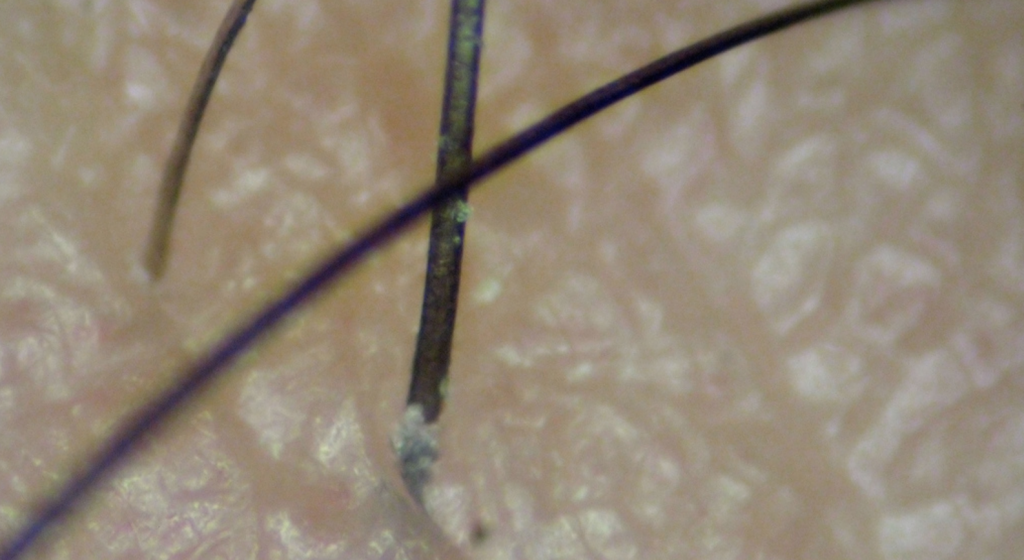Table Of Content
For people who feel a strong urge to pull, actually pulling can bring a sense of relief because they are no longer focused on the urge. If you or someone you know is experiencing these urges, reach out to your family doctor, mental health professional, or a trichotillomania support group. The disorder is usually chronic and lifelong, but its severity may ebb and flow with time. The time it takes for you to feel better from medication, therapy or a combination of the two can be very different from person to person. Your healthcare provider can tell you more about what you can expect as you undergo treatment and what you can do to help yourself through the process.
Things to Try When You Feel the Urge to Pull Your Hair
About 5%–20% of people with trichotillomania also have trichophagia. In general, trichotillomania often co-occurs with other psychological problems, such as anxiety, OCD, or eating, mood, and personality disorders. Trichotillomania can cause physical damage to skin tissue that may lead to infection, especially if tweezers, scissors, or other sharp objects are used to help facilitate hair pulling. The repetitive motions involved may also, in some cases, trigger joint injury or muscle pain.

My OCD – Sorcha

For many young children, hair-pulling is a passing phase and they will grow out of it. A session of hair-pulling may be triggered by stress or feeling restless. However, hair-pulling may also happen when you feel relaxed, such as when you are reading or watching TV. It is common for parents to be more motivated for treatment than the children are. A firm reward system can motivate younger children to participate in therapy.
Health Education Library
Trichotillomania: A Primer on a Common Hair-Pulling Disorder - Medscape
Trichotillomania: A Primer on a Common Hair-Pulling Disorder.
Posted: Mon, 04 Apr 2022 07:00:00 GMT [source]
They might also look at your hair under a microscope to see if it looks like it's been pulled out and grown back or look at how much hair you are missing. They may take pictures of your bald patches to help track if treatment works over time. The main symptom of trichotillomania is pulling out your hair, often to the point that you have hair loss or bald patches.
Trichotillomania (hair pulling disorder)
Undoing the lock takes time, allowing a person a bigger window in which to overcome their urge. In general, the more times a person can resist the compulsion to pull hair, the easier denying the urge becomes. If you or a loved one has a hairpulling habit, consider reaching out to a trusted healthcare professional to discuss your treatment options. Some people don’t seek treatment because they believe medical or mental health professionals don’t know much about the disorder. OCD is a mental health condition that causes overwhelming thoughts that are hard to move on from, called obsessions.
Individuals who pull their hair unconsciously may wish to recruit the help of loved ones. A friend or family member can keep an eye on the person during triggering situations and alert them when they begin pulling their hair. People with hair-pulling disorder do not pull out their hair because they are concerned about their appearance and trying to fix it (as people with body dysmorphic disorder are). However, they may feel tense or anxious just before they do it, and hair pulling may relieve that feeling. There can be many reasons someone would begin pulling their hair. Boredom, tension, anxiety, or stress can fuel it, and performing the act can cause a sense of relief, pleasure or gratification.
Fill In Missing Eyelashes With Eyeliner
Research studies estimate it affects 0.5% to 3.4% of adults at some point in their lifetime. Although far more women than men are treated for trichotillomania, this may be because women are more likely to seek medical advice. In early childhood, trichotillomania occurs just as often in boys and girls. If you are under 18, this may be offered through your local children and young people's mental health services. Trichotillomania, also known as trich or TTM, is when someone cannot resist the urge to pull out their hair. When it comes to taking off your eye makeup, that is just as important as applying it.
This creates a cycle in your brain where you think about the habit and feel the urge to do it. When you do, your brain releases “reward” chemicals like dopamine, which makes you feel happy and calm. Your body then connects doing the habit with feeling good, which in turn strengthens the habit and makes the urge to do it more intense.
Support for this browser is being discontinued
Automatic pulling might happen when you're studying, reading, or watching TV and not paying attention. Those who have symptoms may feel embarrassed or afraid to talk to their doctor about what they are experiencing. Symptoms may affect a person for just a few months, while it may affect another person off and on for many years. The doctor will also rule out any other causes of hair loss and may send you to a dermatologist (skin doctor). Additional complications include social isolation from hiding to pull out hair and financial effects from being unable to continue with normal daily activities like going to work. Individuals with trichotillomania are more likely than others to have first-degree relatives with the condition, suggesting that the disorder runs in families and has a genetic element.
To warrant a TTM diagnosis, the hair loss must not be attributable to other medical conditions. Though your symptoms may vary in severity and fluctuate over time, trichotillomania is chronic. Doctors usually treat the condition with cognitive behavioral therapy (CBT) called habit reversal training.
People with trichotillomania often try to stop pulling but can't. They also say that pulling has negative effects on their lives, self-esteem, or well-being. Some people with trichotillomania have rituals or routines related to hairpulling, like choosing which hair to pull or smelling, looking at, playing with, or eating hair you pull out. Many people also enjoy the sensory experience of the rituals they develop around hairpulling. This can involve any of the senses, such as the sound of pulling out a hair or rubbing it against your hand, the feeling or taste of hair in your mouth, or other sensations.
In a U.S. survey of 10,169 adults, 1.7% of the respondents indicated that they have trichotillomania. Choosing a therapeutic provider to support your BFRB journey is a process that takes time. Patience and persistence are key to finding your own level of success. Hair pulling may occur across a variety of settings and both sedentary and active activities. Hair pulling disorder is currently classified under Obsessive-Compulsive and Related Disorders in the Diagnostic and Statistical Manual of Mental Disorders, Fifth Edition. If you believe someone close to you is struggling with TTM, the subject can be delicate and uncomfortable to talk about.
"I felt shame for trichotillomania until I learned I'm not alone" - Stylist Magazine
"I felt shame for trichotillomania until I learned I'm not alone".
Posted: Mon, 21 Aug 2023 07:05:52 GMT [source]
Nantidepressants) may help, particularly if the person also has symptoms of depression or anxiety. People with this disorder compulsively pull or pluck out their hair for noncosmetic reasons. They usually pull hair from their scalp, eyebrows, and/or eyelids, but any body hair may be pulled out. Trichotillomania is a difficult condition to treat because each case is unique.
“Over-rubbing the skin when taking off makeup can lead to irritation and inflammation of the skin,” says Zeichner. “Inflammation creates an environment that interferes with optimal functioning of the hair follicles. Black winged eyeliner is my go-to makeup when I’m on-the-go and is great for filling in missing patches.
However, the FDA has not approved any medication to treat hair pulling specifically. An individual may recruit loved ones to assist with their competing response training. Family or friends may remind the person to do the competing response during trigger situations. They may also offer encouragement when the person successfully resists the urge to pull hair. When a person encounters a known trigger, they do a “competing response” such as clenching their fists. This competing behavior physically prevents the person from pulling at their hair.
Trichophagia can be dangerous or even deadly, as it can result in the development of hairballs that obstruct the intestines. Because people with TTM often feel ashamed or embarrassed of this condition, most avoid treatment. Those who avoid or delay treatment are much more likely to have issues like permanent hair loss, scarring and more severe mental health problems. That’s because a trained and experienced mental healthcare provider is better prepared to determine if you have TTM or another health condition.

No comments:
Post a Comment